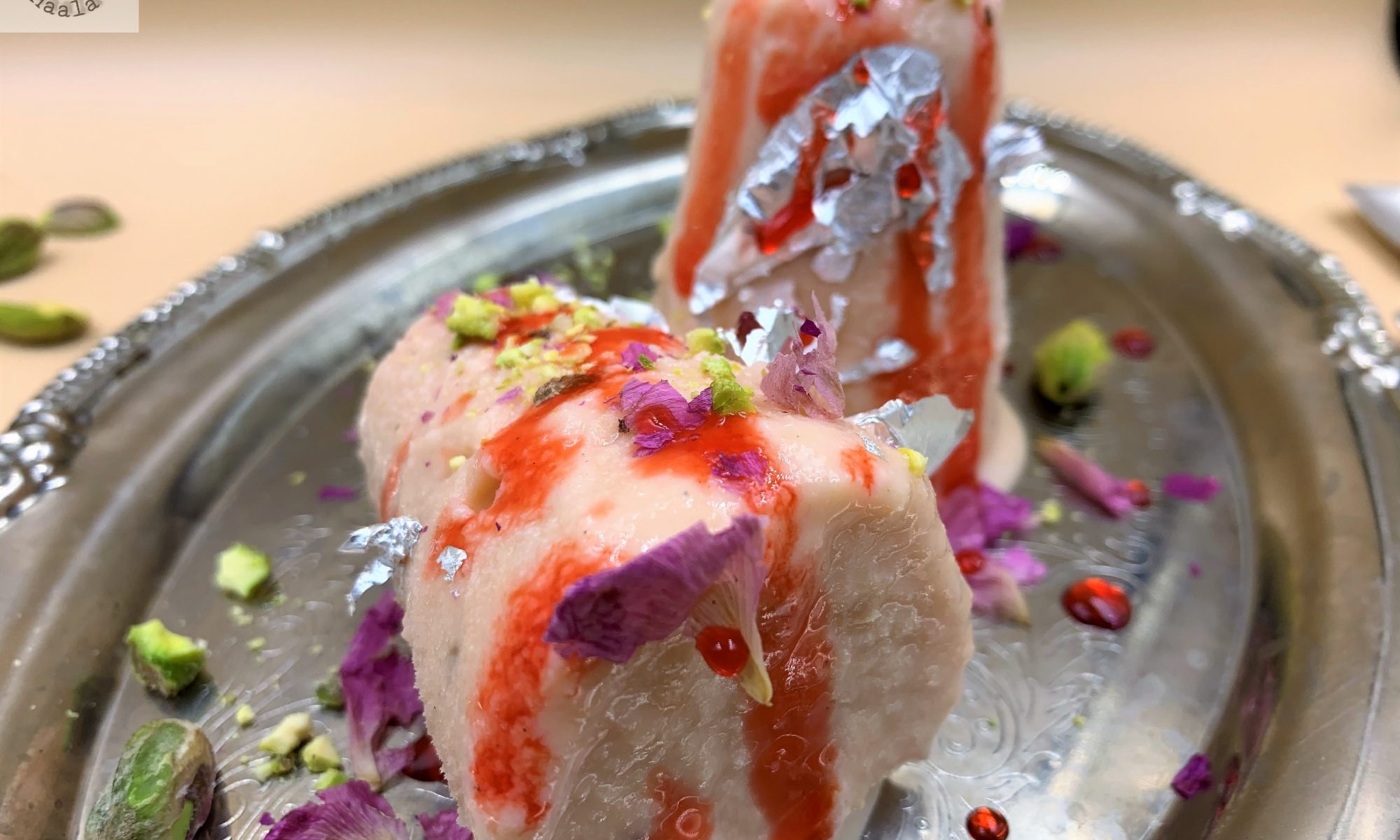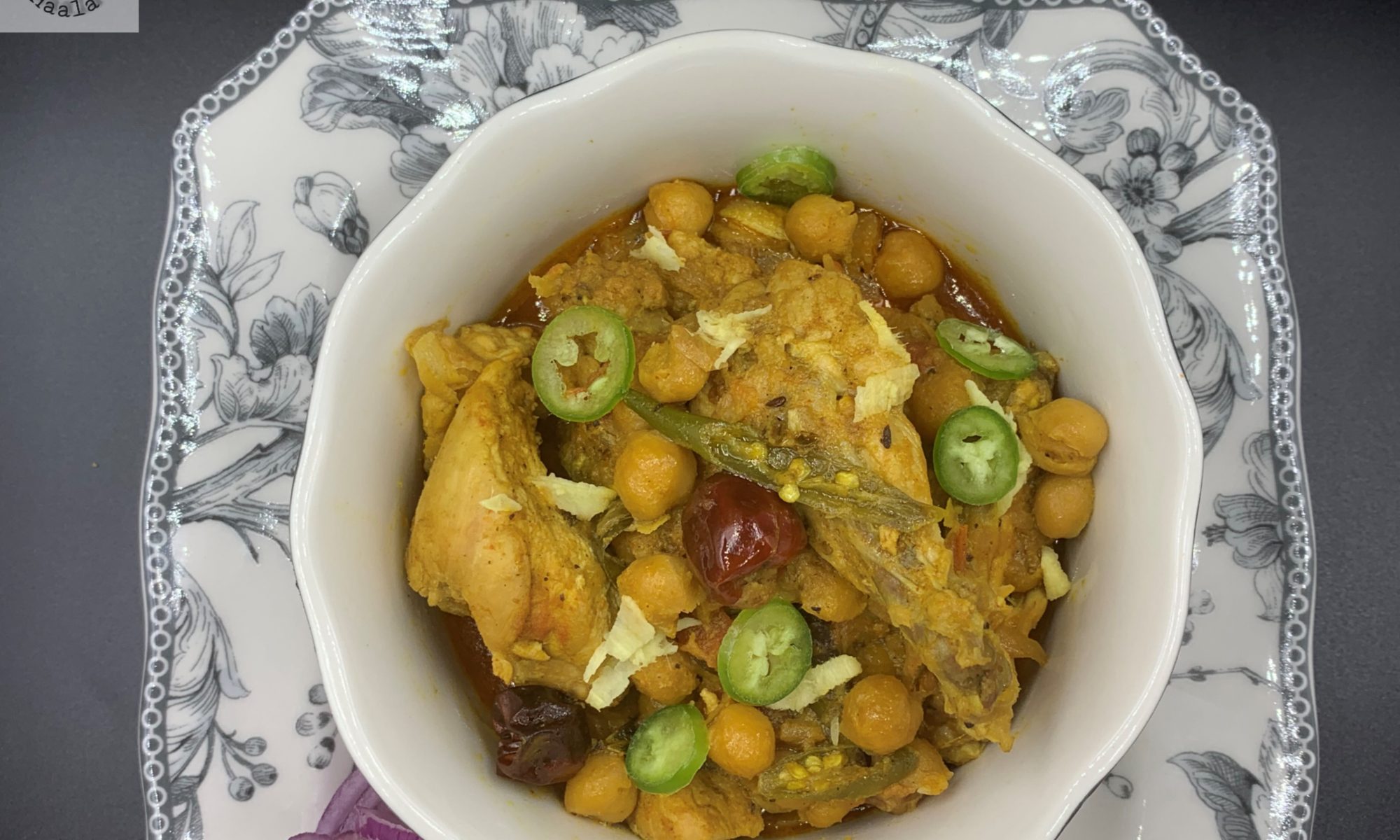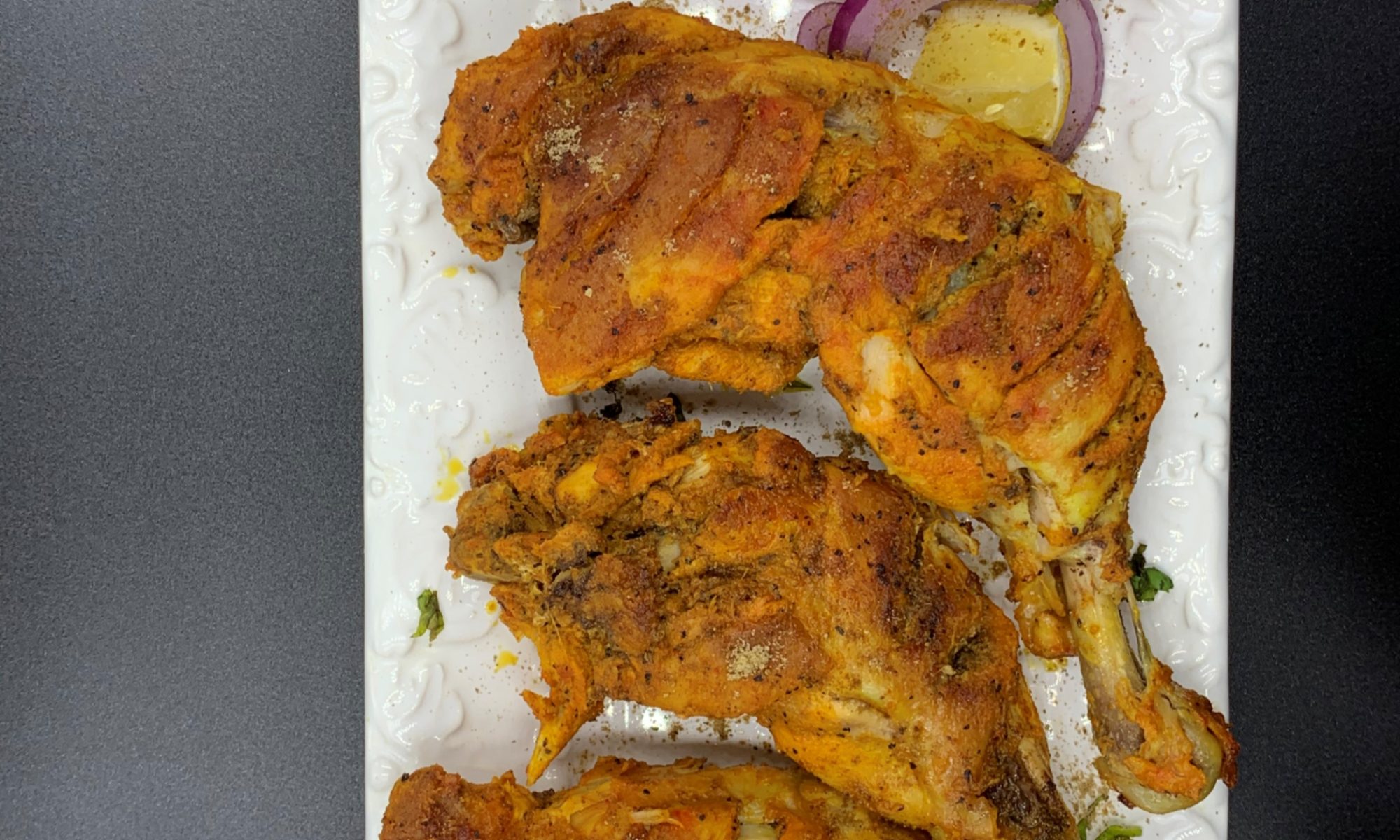The wonderful world of cold desserts and the version of ice creams served in India “Kulfi”. The word Kulfi or Qulfi is an Indian word derived from the Persian word “Qufli” which means “covered cup”. The dessert was likely originated during the era of the Mughal Empire in the 16th century. The mixture of milk, sugar and nuts. Kulfi is a gifted recipe from the Middle eastern travelers and settlers to India and neighboring countries. Along with so many architectural gifts to India, like the Taj mahal, which even till date makes our country so proud and has millions of visitors travel India only to see Taj Mahal once in their lifetime and so many gorgeous forts, along with Red Fort where the PM addresses the nation every year are all an awesome example of Mughal architectural skill.
Coming back the Kulfi, Indian cuisine were not aware of using Orange blossom, Rose water, saffron or a wide variety of dry fruits in the cuisine. The Mughals while introducing their cuisines and blending them with Indian flavors resulted in wide variety of Biryanis, Kebabs, curries and sweet dishes including Gulab Jamun, Jalebi and Rabri to name a few and of course, Kulfi.
This sweet dish is rich in flavor and can be made in various flavors and is always served cold. It can be served with Basil seeds or sabza that are soaked for an hour, as falooda. It can be flavored while serving as well. I usually like mine to be served with Rose syrup, or the popular Rooh Afza.
This particular recipe has Milk boiled till it thickens and reduces. Added Khoya and cooked further after adding sugar, cardamom powder, saffron, crushed Rose petals, Rose flavoring, a little red food color and Milk powder to thicken the mixture making the Kulfi more dense and creamier. You can always change the flavors in a Kulfi keeping the base the same.
I also use Silver leaf for decoration, but that’s always optional, but something that makes you home kulfi different from the restaurant and trust me, even better.




